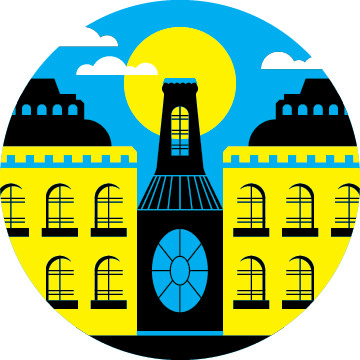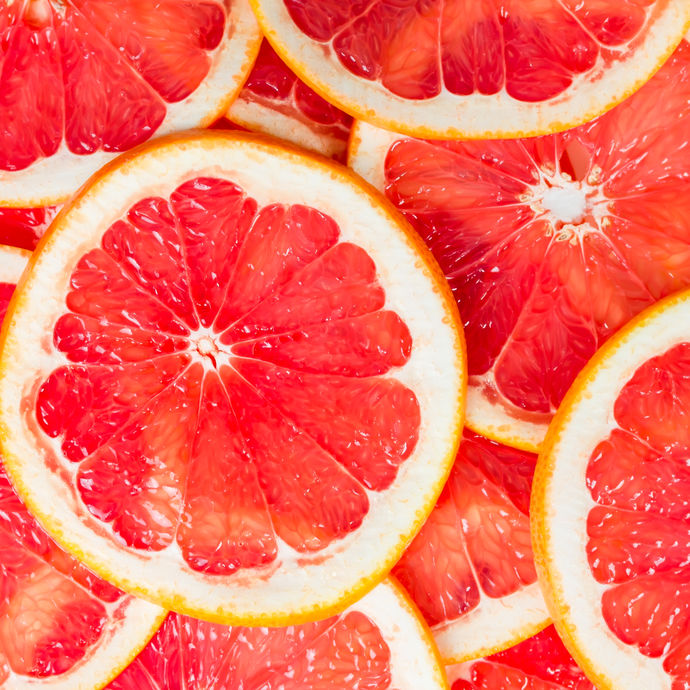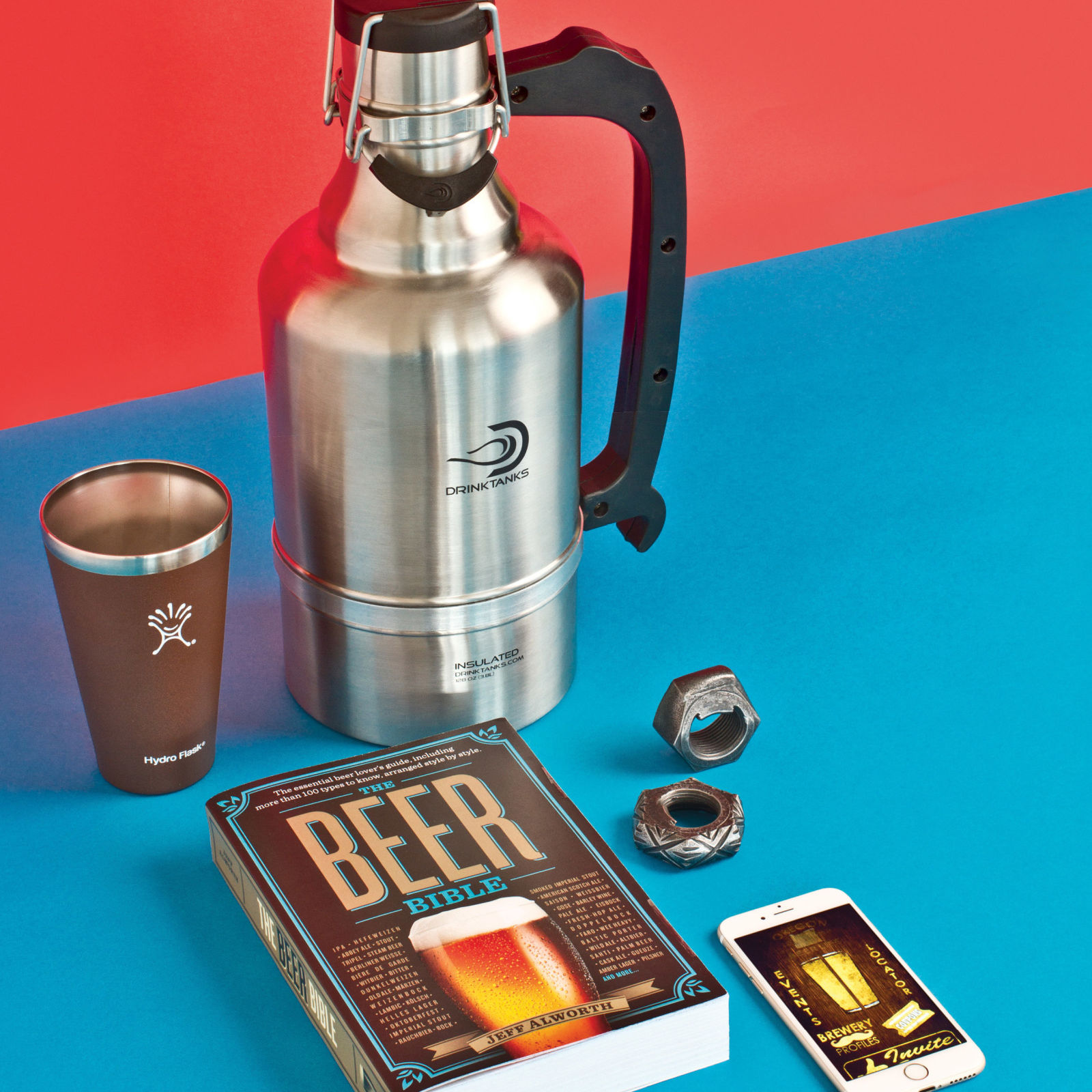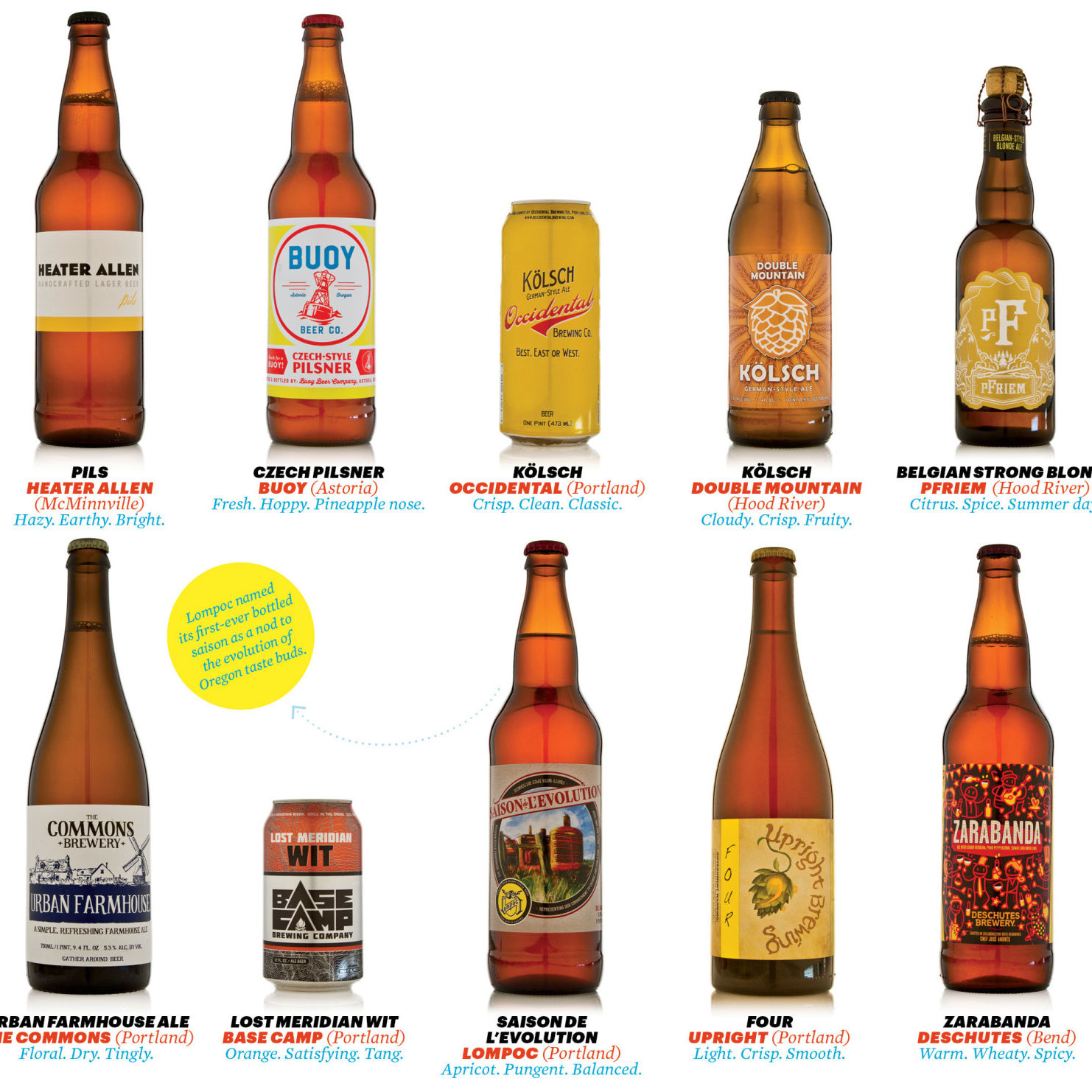A Portland Beer Expert Shares Lessons from Belgium

Image: Matt Chase
This spring I found myself in a two-story brick building in one of the rougher areas of Brussels. Seven euros gave me admission for a self-guided tour down slippery hallways and up narrow wooden stairs. I passed functional pulleys that looked capable of removing limbs, skirted scalding copper kettles, and ducked under wooden beams covered with mildew. I’d never seen anything so beautiful.
The building was Cantillon Brewery, a legendary operation that has been making some of the world’s most famous lambic beers since 1900. I was there studying to become a beer expert, or a “Certified Cicerone”—a title bestowed by a rapidly growing, Chicago-based program cultivating a new class of beer-service professional. With the notoriously tough written and tasting exams six weeks away, I decided to do some cramming in Belgium—the land of Trappist brews, spiced and fruit beers, and sour ales. British and German beers don’t have the same portfolio of flavors.
Cantillon ferments beers using wild yeasts and bacteria that inhabit the building and the air, which means the quality of the beer hinges on keeping things the same, from the recipes to those ceiling beams.
At Nüetnigenough (which translates to “one who never has enough”), a restaurant in Brussels, beers arrived in glasses appropriate to the beer styles, which frequently meant lots of space for thick, frothy heads. I watched patrons swirling and sniffing with an intuitive ease, as though speaking a fifth language. It gave the impression of beer drinking as a sensual activity—not to mention an inexpensive one. While my lodging and transportation costs ballooned, most beers cost just a few euros.
"I watched patrons swirling and sniffing with an intuitive ease, as though speaking a fifth language."
Later, I met up with four homebrewers, members of La Foire aux Savoir-Faire (roughly, the Know-How Fair) in Brussels—a kind of DIY makers club. I showed them pictures of the hop harvest in Yakima; they showed me pictures of hand-milling grain for their brews. They spoke gorgeously fast French, but would grind into English for my sake. We tried to translate terms like “airlock” and “spent grain,” then ate frites with mayo. When I took my turn stirring their thick maple stout mash with a long wooden paddle, I felt part of an ancient ritual.
In a Flemish area near the French border, I rode a bicycle past hop fields where plants would soon shoot through the soil. At the national hop museum in the town of Poperinge I learned that the region, known as Hoppe Stad, had been growing hops for almost eight centuries. Even so, the dank, resinous flower is a minor player in Belgian beers.
When I returned to Portland, I went to Saraveza, ordered a Portland-brewed IPA, thick with pine and fresh with Bull Run water, and relished the taste of this place. Taking my time, I thought about our comparatively nascent craft beer culture. Bold flavors are just the beginning.







